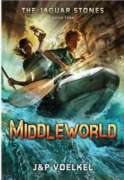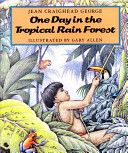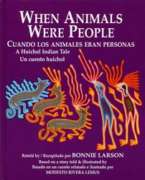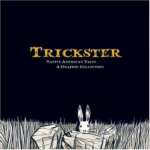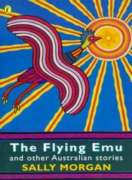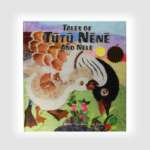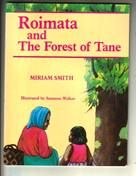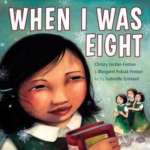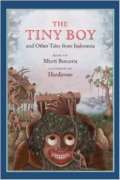
Eight tales about heroes and sacrifice, love and family — all rooted in a land that is both challenging and abundant. Some of the stories strike a familiar chord. There is the tiny child, no bigger than a thumb, who outwits a giant; the poor farmer who cannot feed his children and leaves them abandoned in the forest; the princess who breaks an enchantment and releases a prince. Yet the tales are filled with the unexpected, too, as humans, monsters and the natural world transform and intersect.
A princess who is pursued by two kings from neighboring kingdoms sacrifices herself to keep peace in the land, and is transformed into a sea creature that will provide nourishment for all her people. A crying baby, ignored by his mother, turns into a bird, teaching villagers a valuable lesson. A jealous concubine poisons the king’s son so her own child can inherit the kingdom, only to find her son going off to search for his half-brother, never to return. A man traps the sun to stop it from setting, so that his family and fellow villagers will have enough time to gather food.
The stories are exceptionally relevant today, as they draw our attention to the value of the odd and the small, the preciousness of children and our natural resources, the need to not take our food for granted.
Gathered from oral sources and old collections written in Dutch and indigenous languages, these folktales are simply and evocatively told, accompanied by startling and vibrant images by Indonesian artist Hardiyono.
